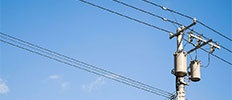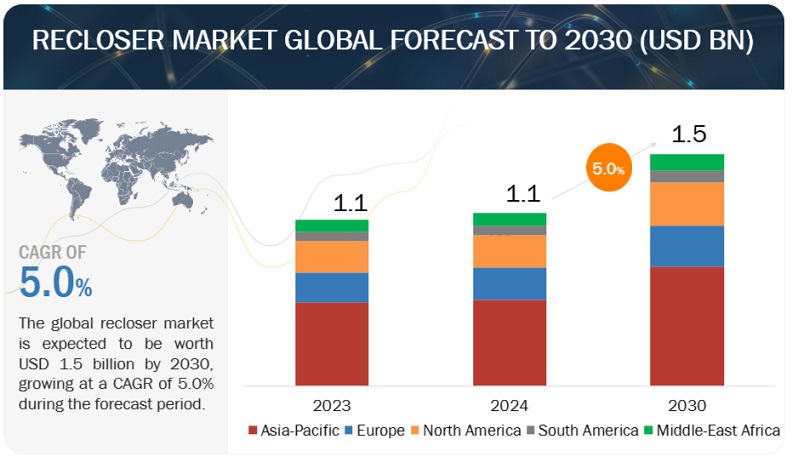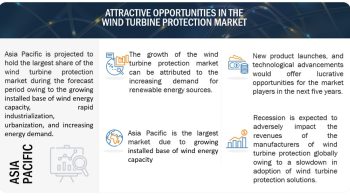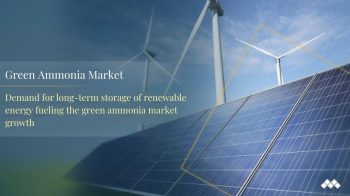
According to a research report “Recloser Market by Phase (Three-phase, Single-phase, and Triple Single-phase), Control Type (Electronic and Hydraulic), Voltage Rating (Up to 15 kV, 16-27 kV, and 28-38 kV), Insulation Medium (Oil, air, and epoxy) Region – Global Forecast to 2030″ published by MarketsandMarkets, the market size for recloser is projected to reach approximately USD 1.5 billion by the year 2030, as compared to the estimated value of USD 1.1 billion in 2024, at a Compound Annual Growth Rate (CAGR) of 5.0% over the forecast period.
The recloser market is experiencing a surge driven by a confluence of factors. Aging grid infrastructure across the globe necessitates upgrades for improved reliability and to prevent outages. Reclosers offer a cost-effective solution for enhancing protection in specific sections of the power grid. Additionally, the focus on grid modernization aligns perfectly with the capabilities of reclosers. These automated devices provide fault isolation and protection, contributing to a more efficient and reliable grid. Furthermore, the increasing penetration of renewable energy sources like solar and wind requires robust grid integration solutions. Reclosers can effectively manage the inherent variability of renewable generation and ensure overall grid stability. Finally, a growing emphasis on environmental considerations is pushing the market towards sustainable recloser technologies. Solid dielectric reclosers, for instance, are gaining traction due to their eco-friendly nature, shaping the future of the recloser market.
Download PDF Brochure – https://www.marketsandmarkets.com/pdfdownloadNew.asp?id=187393365
Triple Single-phase segment, by phase, to be third-largest market.
Triple single-phase reclosers occupy a unique position within the recloser market, catering to specific applications in medium voltage distribution networks. Unlike traditional three-phase reclosers that operate on all three phases simultaneously, triple single-phase reclosers function as three independent single-phase reclosers housed within a single unit. They can isolate faults on individual phases without interrupting the flow of power on healthy phases. This minimizes outage durations for customers unaffected by the fault. Triple single-phase reclosers currently hold a relatively small market share compared to three-phase reclosers. Their niche application and potentially higher cost per unit compared to three-phase options contribute to this limited presence. However, specific factors could influence future growth. As demand for consistent and reliable power supply grows, the ability of triple single-phase reclosers to minimize outage durations on healthy phases becomes increasingly attractive. Their potential integration with smart grid automation systems for remote monitoring and control could enhance their appeal. Manufacturers focusing on cost reduction strategies and highlighting the long-term benefits of improved power quality and reduced outage durations could broaden the market for triple single-phase reclosers. Clearer industry standards and supportive regulations promoting the use of these reclosers in specific applications could influence their adoption by utilities. Triple single-phase reclosers offer a valuable solution for targeted fault isolation and improved power quality in specific scenarios. While their current market share is modest, their potential for growth hinges on cost competitiveness, industry acceptance, and the evolving needs of the power grid, particularly in the context of distributed generation and smart grid integration.

Air segment, by insulation, to be second-largest and second-fastest market.
Air-insulated reclosers (AIR reclosers) are emerging as a promising alternative in the recloser market, driven by a growing focus on environmental sustainability. Air insulated reclosers, as the name suggests, utilize air as the insulating medium, eliminating the environmental concerns associated with mineral oil used in traditional oil-insulated reclosers (OIL reclosers) or SF6 gas employed in some switchgear alternatives. Similar to other recloser types, Air insulated reclosers function as automatic circuit interrupters. They detect faults on the power line, interrupt the current flow using air to extinguish the arc, and attempt to re-energize the line after a pre-programmed sequence. This functionality helps clear temporary faults while isolating persistent ones. While still under development and gaining traction, air insulated reclosers are envisioned for similar applications as OIL reclosers in medium voltage distribution networks, potentially including distribution feeders and overhead lines. AIR reclosers are a relatively new technology compared to OIL reclosers or even solid dielectric reclosers. This translates to a smaller market share currently. However, the environmental benefits and potential cost-competitiveness in the long run could propel significant growth. Growing environmental regulations and the push for sustainable solutions are creating a favorable landscape for AIR reclosers. Utilities increasingly seeking eco-friendly technologies are likely to find them attractive. air-insulated reclosers represent a promising step towards sustainable medium voltage distribution. Their future growth depends on overcoming limitations through technological advancements while leveraging their environmental benefits to gain wider acceptance within the evolving recloser market.
North America to emerge as the second-largest recloser market.
The North American recloser market is experiencing a surge, driven by several key factors. A significant portion of North America’s power grid infrastructure is aging and requires upgrades to ensure reliability and prevent outages. Utilities across North America are actively investing in grid modernization initiatives to improve efficiency, reliability, and integrate renewable energy sources. Consumers and businesses are increasingly reliant on a consistent and reliable power supply. Reclosers can help minimize voltage sags and momentary interruptions, improving overall power quality for end users. The North American recloser market is expected to witness continued growth in the coming years. The US, in particular, is anticipated to hold the highest market share due to its extensive aging grid infrastructure and ongoing grid modernization efforts. The increasing adoption of distributed generation, such as rooftop solar panels, is also creating new opportunities for reclosers in managing fault currents associated with these sources. The North American recloser market is a fragmented market with established global players and regional participants vying for market share. International companies like ABB, Eaton, Schneider Electric, and Siemens hold a strong presence in the market, offering a variety of recloser solutions. North American companies like S&C Electric, GE, Hubbell, and Hughes Power Systems are also significant players, catering to specific regional needs and regulations. The North American recloser market presents a robust and exciting space. With a focus on grid modernization, sustainability, and advanced functionalities, the market is poised for continued growth. The competitive landscape will likely be shaped by innovation, cost-effectiveness, and the ability of companies to cater to the evolving needs of the North American power grid.
Request Sample Pages – https://www.marketsandmarkets.com/requestsampleNew.asp?id=187393365
Key Players
Key players in the global recloser market include Schneider Electric (France), Eaton (Ireland), ABB (Switzerland), General Electric (US), Siemens (Germany), NOJA Power Switchgear Pty Ltd (Australia), Hubbell (US), S&C Electric company (US), Tavrida Electric (US), ENTEC Electric & Electronic (South Korea), Arteche Group (Spain), and ILJIN ELECTRIC (South Korea).


